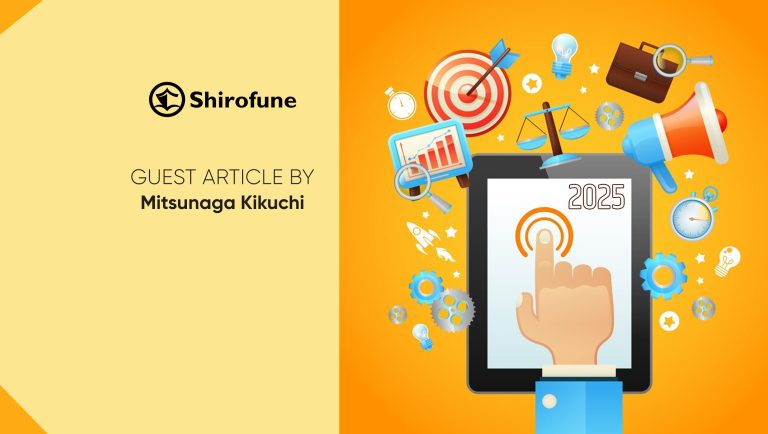![]() Given that the average household has at least three devices and the fact that individuals can shift between these devices up to 27 times an hour, it can be nearly impossible for marketers to hone in on the most relevant audience and device for their campaign. Without a cross-device perspective, marketers won’t know if all the devices in that household belong to one individual or another, nevermind adding the complexity of shared devices and behaviors.
Given that the average household has at least three devices and the fact that individuals can shift between these devices up to 27 times an hour, it can be nearly impossible for marketers to hone in on the most relevant audience and device for their campaign. Without a cross-device perspective, marketers won’t know if all the devices in that household belong to one individual or another, nevermind adding the complexity of shared devices and behaviors.
However, what began as solving for media attribution has now evolved into an even bigger question due to an increased need for more personalized content and experience. Now, marketers are no longer just deciding between an individual versus household approach, but also considering how a blended approach could be the best fit and determining the right tools to get them there.
Read More: The Trouble with Digital Advertising Agencies
According to eMarketer, the answer to this could lie in identity solutions. However, not all identity solutions are created equal and choosing a provider is a separate strategy on its own. To choose and implement the most effective identity provider, however, is a different game than just understanding the value of identity. For those who’ve had to face these questions and are on the path towards integrating identity as a core part of their marketing strategy, below are key considerations that may help you get there.
Prioritize flexibility
The reality is — as a marketer, you may have to bounce between targeting a household, an individual within that household or in some cases, both. Perhaps one strategy works better for a certain campaign versus another depending on each household member’s behavior, interests and purchasing preferences. This is why an identity provider should offer flexible, transparent data assets that include a snapshot of both household and individual hierarchy. This is essential to help marketers make decisions and optimize based on whatever product or service they’re promoting.
For example, the travel vertical can be notoriously tricky when it comes to audience fragmentation. Customers can spend up to 12 months researching and planning before booking a trip, and many times this is happening across a wide range of devices. This is where having flexible data assets is a significant advantage. In the case of one of our travel clients, having access to varying data sets resulted in 100 percent higher recall and 47 percent more incremental matches, overall contributing to more precise campaigns.
Read More: For Brands, It’s Time To Start Paying Attention…To Attention
Ensure a holistic, consumer view
This may seem obvious, but it continues to be something marketers overlook. Whether it’s overly relying on first vs third-party data, or failing to connect disparate data sources — marketers cannot dismiss the value of looking outside their own keyhole and understanding both direct (onsite) and indirect (offsite) devices and behaviors in order to build a full identity profile of their target audience.
With this in mind, marketers need an identity provider that can manage their first-party data with third-party (and even second-party) data, in order to provide a holistic view that can easily be tailored to each campaign target audience group. This will make your household and individual identities even more valuable for personalization, attribution, and consumer journey insights, as well as customer and prospect segmentation.
Read More: What Type of Content is Best for Lead Generation?
We saw this firsthand with an APAC subsidiary of our parent company and customer, Telenor. Based on phone model and pricing, Telenor personalized content and creative for a variety of audience types depending on whether they were Samsung versus iPhone users. As a result, Telenor achieved seven times higher ROI than previous, non-personalized campaigning efforts.
As long as new devices are being made and consumer habits are changing, marketers will need to become more and more nimble with their campaign strategies. The evolution of hybrid models based on household versus individuals is just one example of what’s to come. With personalization at the forefront of the marketing future, activating the right data based on flexibility and a holistic view of all possible outcomes will enable marketers to make the most out of every interaction with key customers.
Read More: What Type of Content is Best for Lead Generation?
























